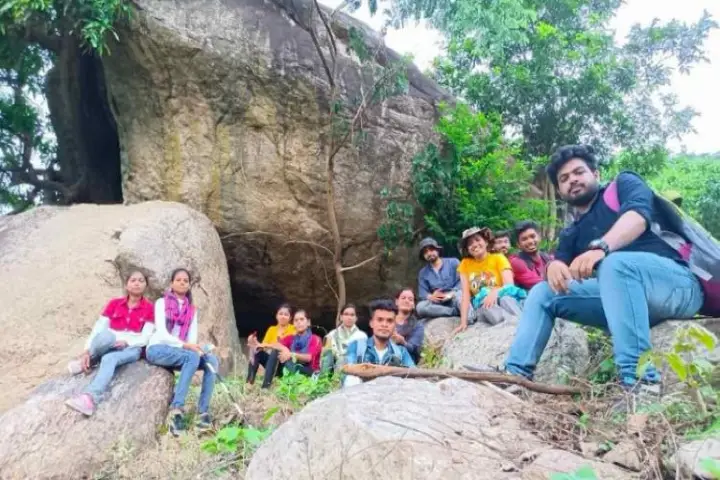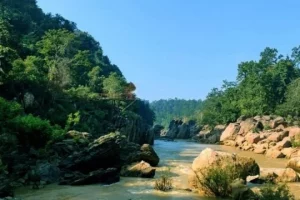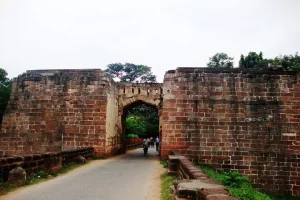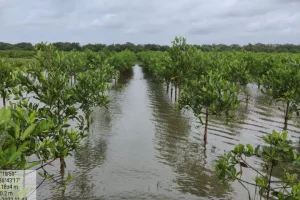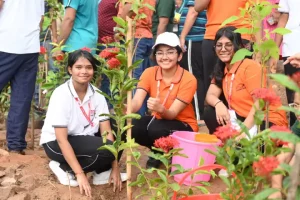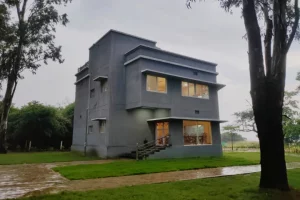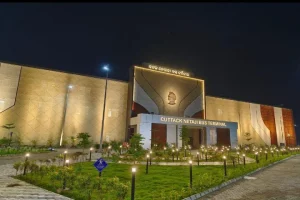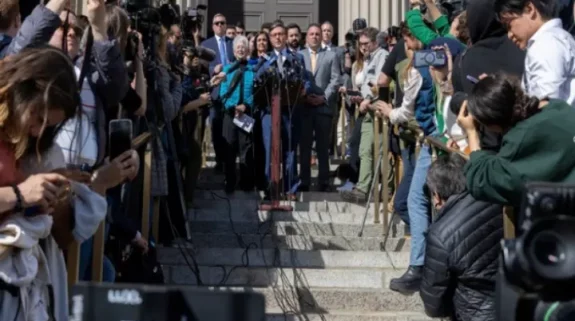A significant discovery came to the fore in Odisha as researchers found prehistoric rock shelters on Dumaguda hill on the Nagavali river bank close to Rayagada district headquarters.
The team of researchers who made this discovery included Lokesh Durga, a research scholar at Delhi University’s History Department, Damayanti Bag, an independent researcher and Pratap Kumar Biswal, a Ph.D scholar from Utkal University.
During their exploration they found a rock shelter 30 metres away from the bottom of the hill and another one which was 200 metres away from the first. Interestingly there is a stone platform leading directly to the second rock shelter.
Sharing details with New Indian Express, Durga said: “The Dummaguda rock shelters indicate habitation as well as existence of prehistoric people. We found some artefacts from the first site which included scrappers, cleavers and a handmade axe made from a variety of rocks such as sandstone, granite, chondrolite, quartzite, basalt, etc. The height of these artefacts is not more than 15 cm and their width is over 10 cm. We got only one artefact from the second rock shelter that is of one feet height and 10 cm width.”
Details of the exploration report were published in the Quarterly Journal of the Mythic Society.
Earlier this year it was reported that rock shelters had been found near Rayagada’s Anjipenta hill. The team which made this discovery was led by Bag. Here also tools – blades, hand axes, chisels, quartzite, granite and sandstone — which are believed to be from the middle and upper Palaeolithic Age were found, indicating the existence of a prehistoric society in this region.
Anjipenta shelters were smaller than those found at Dumaguda.
Durga told Odisha Bytes that these prehistoric dwellings around Rayagada town need to be protected from human activities like construction and agriculture and preserved for research and developed as tourist destinations. He wanted the Archaeological Survey of India or the State archaeological organisation to explore the area.






